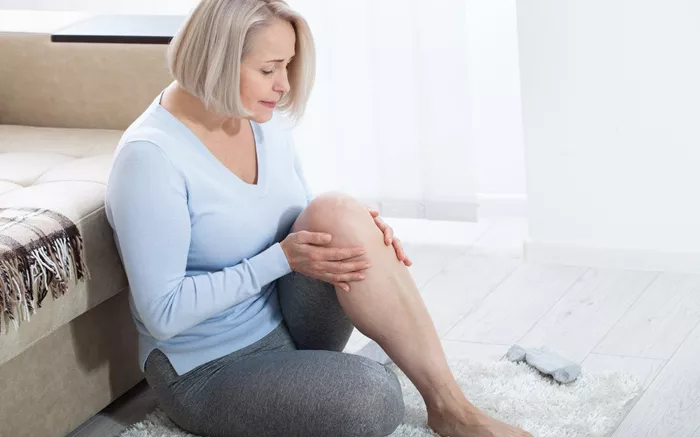Osteoporosis is a common bone disease that makes bones weak and fragile. It affects millions of people worldwide and is especially common in older adults. Understanding what causes osteoporosis is important for both prevention and treatment.
Bone Remodeling and Its Role in Osteoporosis
To understand osteoporosis, we first need to know how bones work. Bones are not static; they are constantly being remodeled. This means that old bone is broken down by cells called osteoclasts, and new bone is formed by cells called osteoblasts. This process helps maintain bone strength and repair any damage. However, in osteoporosis, the balance between bone resorption and formation is disrupted. The rate of bone breakdown exceeds the rate of new bone formation, leading to a gradual loss of bone mass.
Aging and Hormonal Changes
One of the main causes of osteoporosis is aging. As we get older, our bones naturally lose density. This is because the rate of bone remodeling changes. After the age of 35, bone breakdown happens faster than bone formation. For women, the risk of osteoporosis increases significantly after menopause. This is due to the drop in estrogen levels, which are important for maintaining bone density. Estrogen deficiency accelerates bone turnover, leading to rapid bone loss, particularly in the first few years after menopause.
Genetic Factors
Genetics also play a significant role in the development of osteoporosis. If someone in your family has osteoporosis, you are more likely to develop it. Certain genetic conditions, such as osteogenesis imperfecta, can also increase the risk of developing osteoporosis. Additionally, having a parent who has had a hip fracture is a strong predictor of future fracture risk.
Lifestyle Factors
Lifestyle choices can also contribute to the development of osteoporosis. Lack of physical activity is a major risk factor. Exercise, especially weight-bearing and resistance exercises, helps maintain bone strength. Without it, bones can become weaker. Diet is another important factor. Not getting enough calcium or vitamin D can lead to weaker bones. Calcium is essential for bone strength, while vitamin D helps the body absorb calcium. Excessive alcohol consumption and smoking can also negatively impact bone health.
Medical Conditions and Medications
Certain medical conditions can increase the risk of osteoporosis. Endocrine disorders, such as hyperthyroidism and diabetes, can affect bone density. Gastrointestinal diseases, like celiac disease and inflammatory bowel disease, can interfere with nutrient absorption, leading to weaker bones. Autoimmune disorders, such as rheumatoid arthritis, can also contribute to bone loss.
Some medications can also increase the risk of osteoporosis. Corticosteroids, which are often used to treat inflammation, can have a negative impact on bone density. Other medications, such as proton pump inhibitors used to treat acid reflux, can interfere with calcium absorption. Hormone therapy for cancer, anticoagulants, and certain anticonvulsants can also contribute to bone loss.
Secondary Causes of Osteoporosis
In some cases, osteoporosis can be caused by other underlying conditions. These are known as secondary causes. For example, conditions like primary hyperparathyroidism, where the parathyroid glands produce too much hormone, can lead to excessive bone breakdown. Other secondary causes include chronic kidney disease, multiple myeloma, and certain blood disorders. It is important to identify and treat these underlying conditions to manage osteoporosis effectively.
Conclusion
Osteoporosis is a complex condition with multiple causes. Aging, hormonal changes, genetic factors, lifestyle choices, and certain medical conditions and medications can all contribute to its development. Understanding these causes can help in the prevention and treatment of osteoporosis. Maintaining a healthy lifestyle, including regular exercise and a balanced diet rich in calcium and vitamin D, can help reduce the risk. For those already affected, identifying and addressing the underlying causes is crucial for effective management. With proper care and treatment, it is possible to reduce the risk of fractures and maintain bone health.
Related topics:
New Osteoporosis Screening Guidelines: Do You Need A Bone Scan?
Understanding Osteoporosis In Women: Treatment & Prevention
Is There a Test for the Menopause?


